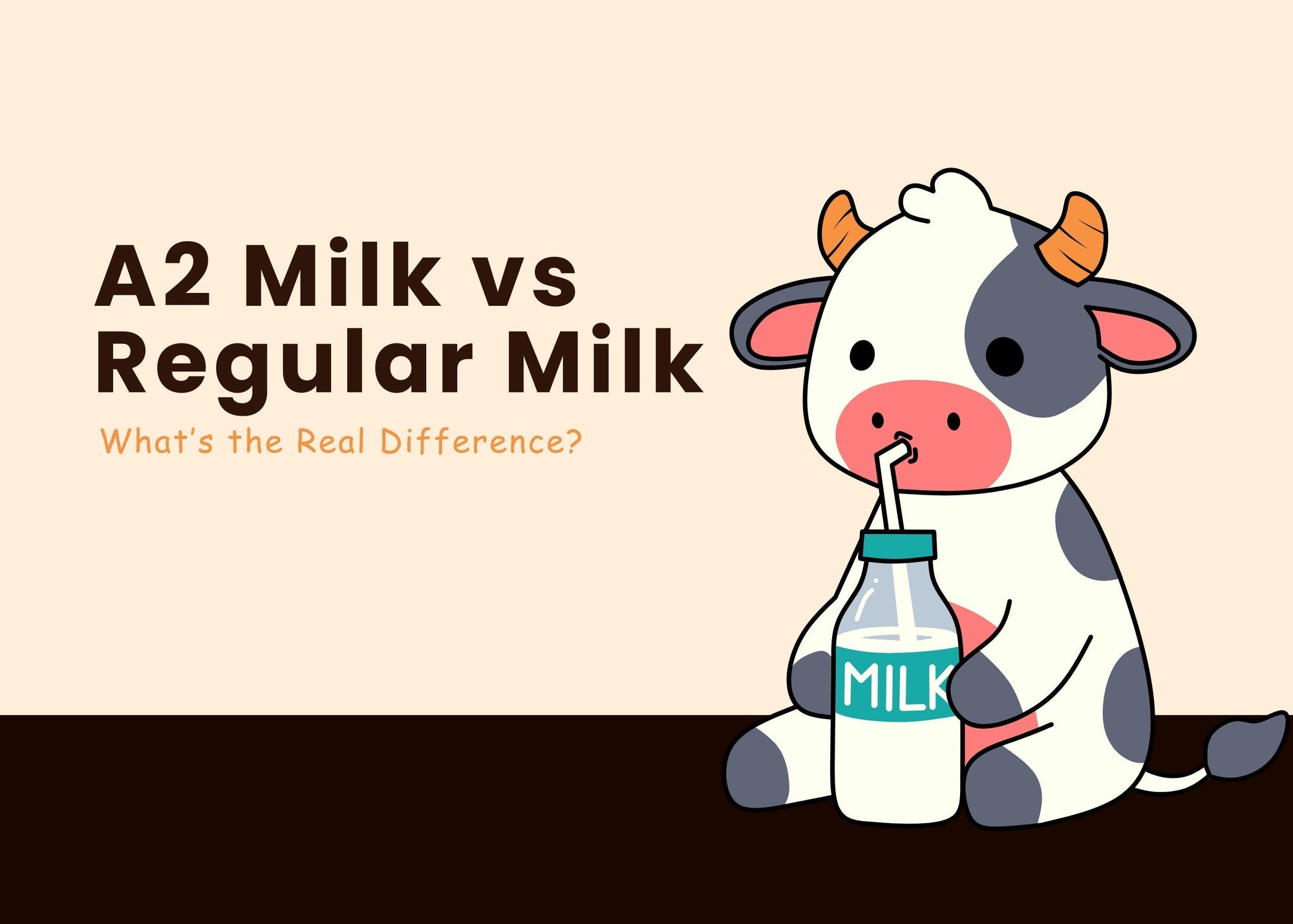Why Cholesterol Control Matters
Cholesterol is a double-edged sword: essential for producing hormones, vitamin D, and building cell walls, yet harmful in excess. Sadly, high cholesterol, particularly LDL or “bad cholesterol”, is a major risk factor for heart disease, stroke, and other cardiovascular ailments. As lifestyles become more sedentary and diets more processed, concerns over cholesterol levels have surged.
But the good news is that you can reduce cholesterol naturally by choosing the right whole foods. Among the most effective dietary tools for managing cholesterol are foods to lower cholesterol that support healthy lipid profiles without medications. Rich in soluble and insoluble fiber, whole grains play a central role in this approach.
Today we spotlight one such under‑the‑radar whole grain: Khapli (Emmer) wheat, a traditional heirloom grain that sustains better cholesterol balance, supports digestion, and promotes overall gut health. Let’s explore how Khapli atta, especially when stone‑ground and organic, becomes a powerful ally in your heart‑healthy journey.
What Is Khapli Atta?
Khapli atta is made from Khapli wheat, also known as Emmer wheat, one of the original crops domesticated by humans thousands of years ago. Unlike modern hybrid wheat strains engineered for high yield, Khapli retains its ancestral genetics and nutritional integrity.
Its kernels are smaller, harder, and higher in fiber and micronutrients compared to conventional wheat. The flour is typically more coarsely milled, giving it a nutty aroma and robust texture, perfect for rustic flatbreads, parathas, rotis, and even baked goods.
What makes it so special? Khapli is inherently low in gluten, but rich in fiber for gut health and minerals like magnesium and zinc—elements essential for heart and digestive systems.
Origins of Khapli (Emmer) Wheat
Khapli has a long tradition. Ideally suited to organic, low-input agriculture, this grain thrived in cooler regions of Europe and parts of India centuries ago. Over time, modern agriculture favoured higher-yield wheat varieties, but Khapli hung on in small farmer communities, valuing taste and nutrition over mass output.
Revived today through heritage seed programs and organic farms, Khapli atta is making a comeback, particularly among people looking to eat traditional, sustainable foods. Its revival is rooted in science and health, not nostalgia. Reusing these ancient grains connects us to nourishment practices that powered human societies for millennia.
Fiber and Cholesterol – What’s the Connection?
Understanding cholesterol control begins with recognizing the role of dietary fiber—particularly soluble fiber. Soluble fiber binds to cholesterol in the digestive system, preventing it from entering the bloodstream. Insoluble fiber supports regular bowel movements, reducing the reabsorption of bile-related cholesterol.
Foods high in fiber, such as oats, beans, fruits, and whole grains, are classic foods to lower cholesterol. Khapli, being rich in both types of fiber, fits seamlessly into this category. Compared to refined wheat flour, Khapli atta typically has 30–40% more dietary fiber, plus beta‑glucans and phytonutrients that work together to reduce LDL levels.
As an accessible and delicious way to boost fiber, Khapli can easily form the backbone of a cholesterol‑conscious meal plan.
Khapli Atta as a Natural Fiber Powerhouse
When we say Khapli atta is a “fiber powerhouse,” we mean it—its fiber content supports digestive wellness, satiety, and metabolic health. This fiber contributes to a reduced absorption of dietary cholesterol and bile acids, which the liver compensates for by using excess LDL cholesterol from blood. Over time, this natural process reduces cholesterol levels naturally.
Moreover, fiber in Khapli feeds beneficial gut microbes, whose metabolites may have systemic benefits like reducing inflammation and improving insulin sensitivity. Healthy gut function is often linked with improved lipid metabolism.
By choosing Khapli over refined flours, you're embracing more than just micronutrients—you’re supporting internal systems that shape long-term cardiovascular health.
Scientific Evidence Supporting Khapli Atta for Cholesterol Management
Scientific research has increasingly validated what traditional diets have long suggested. While specific Khapli studies are still emerging, broader research on whole grains and soluble fiber supports its benefits:
-
A low-gluten, high-fiber wheat diet led to significantly lowered LDL among healthy adults in a recent clinical trial. Participants showed improved insulin sensitivity and reduced inflammation markers. (JAMA. 2018)
-
A meta-analysis of whole-grain intake found strong associations between increased consumption and a lowered risk of coronary heart disease, stroke, type 2 diabetes, and mortality.
Khapli combines smart fiber, minerals, and low gluten to deliver an optimal nutrition profile. Its slow-release carbohydrates also help stabilize blood sugar—a key factor that influences cholesterol metabolism.
At its core, Khapli atta aligns with sugar‑stabilising, fiber‑rich strategies that holistic and conventional medicine recommend to reduce cholesterol naturally.
How to Incorporate Khapli Atta into Your Diet
Adding Khapli atta to daily meals is easier than you might think. Because it absorbs water well and has a soft texture when cooked, it can replace regular wheat flour in many recipes:
Traditional Flatbreads
Make rotis or parathas by combining Khapli atta with water and a pinch of salt. The result is nutty, wholesome, and satisfying—perfect for lunch or dinner alongside vegetables, dals, or lean proteins.
Khapli Pooris
Treat yourself with airy, fiber-rich pooris made from Khapli. Enjoy with vegetable sabzi for weekend breaks or family meals.
Savory Pancakes & Crepes
Mix Khapli atta with rava, spices, and water to create sneaky dosa or uttapam variations.
Crackers & Biscuits
Replace half the usual flour with Khapli when baking crackers or cookies to boost fiber content strikingly.
Baked Savories
Khapli flour gives texture and depth to savory bakes like fritters, muffins, or artisanal breads—especially useful in vegetarian lunch boxes.
Try swapping 50% of your whole wheat flour with Khapli when starting out. This helps the palate adjust to the mild nutty flavor and firmer texture. Over time, many move fully toward 100% Khapli.
If you're ready to include Khapli atta in your pantry, our own product is designed for this purpose:
Made from organic, stone‑ground Khapli wheat, it retains splendid fiber and nutrition, giving you peace of mind in every roti.
Why Choose Organic, Stone‑Ground Khapli Atta?
In today’s crowded grain market, authenticity matters. Many flours labeled "Khapli" may still be blends, processed too finely, or contaminated with chemicals.
Choosing organic, stone‑ground Khapli atta means:
-
No bleach, preservatives, or synthetic pesticides
-
Careful grinding that preserves the bran and fiber
-
Traceability—from seed to flour
-
Higher nutrient retention (vitamins, phytonutrients, healthy fats)
Plus, stone grinding generates less heat than milling machines, avoiding nutrient loss. This maintains both flavor and nutrition, delivering better fiber for gut health and overall wellbeing.
Two Brothers Organic Farms commits to these principles—ensuring our flour fulfills both nutritional and environmental standards.
FAQs
Q. How soon can Khapli atta affect my cholesterol?
Results vary, but consistent daily intake—especially replacing refined flour—can show measurable LDL reduction within 4 to 12 weeks, especially combined with other lifestyle changes.
Q. Is Khapli atta safe for gluten‑sensitive individuals?
Although lower in gluten, Khapli still contains gluten. It may be easier to digest than hybrid wheat, but is not suitable for celiac patients.
Q. Can children eat Khapli atta too?
Yes, in moderate portions. It supports digestive comfort, vitamin intake, and slows sugar absorption. Its mild taste is child‑friendly in rotis, pancakes, and biscuits.
Q. Does Khapli flour spoil quickly?
Store it in an airtight container in a cool, dry place or refrigerate it. Use within 3–4 months to retain taste and nutrient quality.
Q. How much should I use daily?
Replacing at least half of your white or standard wheat flour with Khapli is a great start. Many users switch completely over time.
Conclusion
In our modern world of high‑cholesterol diets, Khapli atta offers a simple yet profoundly effective food‑first solution. As one of the best foods to lower cholesterol, its rich fiber, low gluten, and micro‑nutrient profile address key mechanisms behind cholesterol management—digestive clarity, glycemic stability, and LDL clearance.
The science behind soluble fiber and heart health reinforces the wisdom of eating Khapli. Lite, nutrient‑dense, satisfying—it’s a pantry must‑have.
If you’re ready to choose smarter whole grains that care for your heart and digestion, begin by switching to Khapli It's more than a dietary change, it’s a commitment to natural heart health, gut wellness, and mindful nourishment. Here’s to wholesome grains and a healthier heart—one roti at a time!










